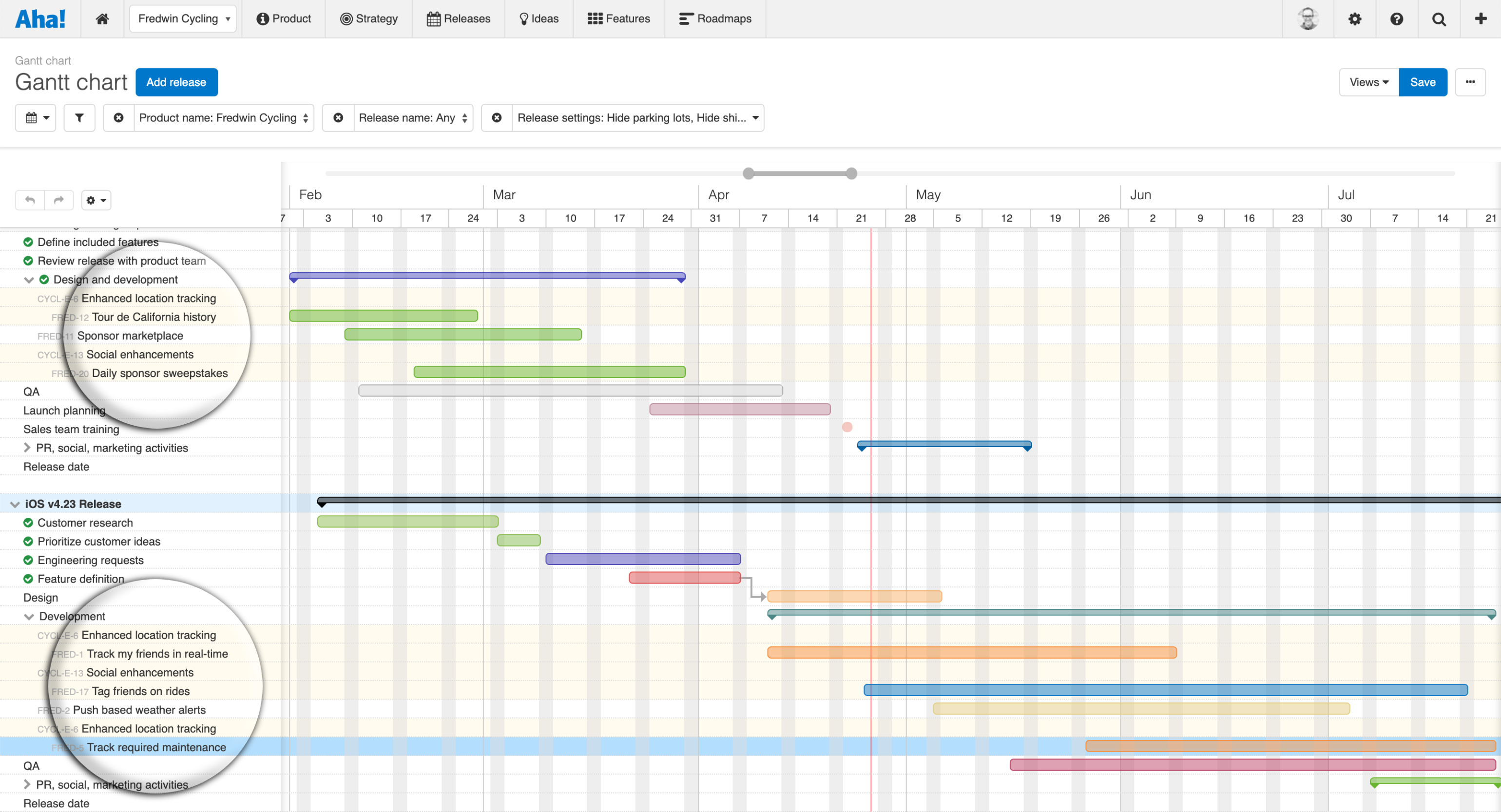


And, to drive the point home, here is a quick demonstration that will show you when tasks truly become Summary Tasks and when they are officially Subtasks based on how/when they are added to the plan, and how you use the Indent and Outdent buttons.

They are proper terminology as defined by Microsoft. Now you can see that these terms, Summary Task and Subtask, are not randomly chosen. Indent Task: This task becomes a subtask… Outdent Task: This task may become a summary task… Find the Indent and Outdent buttons in the ribbon under Task > Schedule and hover over them. All of these items are indented beneath the Summary Task labeled, “Summary #3” (explanation of the term “Summary Task” is also coming up immediately below).īefore we make any changes, let’s finally take a look at the source of these terms Summary Task and Subtask. If you look, you’ll see that the indentation in the outline is unexpected. What I’d like you to do now is, click below the last Subtask, which is the Task Name labeled “Task 8” (I’ll explain where the definition “Subtask” comes from in a moment), and add the following entries into the Task Name column: Summary #4, Task 9, Task 10, Task 11. So, to start, open up Microsoft Project, and create a new project plan using the “Simple project plan” template: This may seem obvious, but if you’re new to Microsoft Project, it may not be clear exactly which elements in the Task Name column of the table view outline are defined as “Summary Tasks” and “SubTasks”. When you work in the Gantt Chart view of Microsoft Project, your projects will consist of Summary Tasks and Subtasks listed in the Gantt Chart Entry Table view by default. To that point, don’t worry if those terms don’t exactly make sense right now…read on and they will.

Microsoft Project – Gantt Chart Outline and Task Essentials Home › Microsoft Project › Microsoft Project – Gantt Chart Outline and Task Essentials


 0 kommentar(er)
0 kommentar(er)
